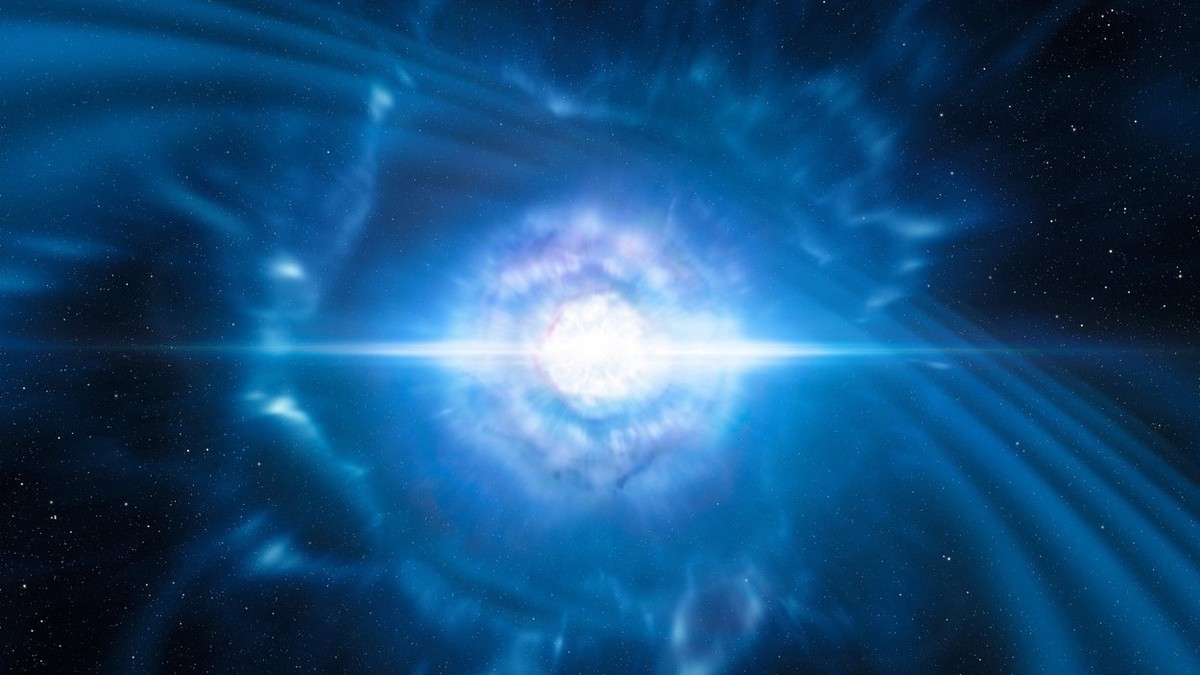An international team of scientists has investigated the second-brightest gamma-ray burst ever recorded in space and discovered a rare chemical element. It was created by a giant explosion after the collision of two neutron stars, which probably created other heavy elements that are necessary for life on Earth. Research can thus represent an important step towards understanding what is behind the origin of all life on our planet.
Using the James Webb Space Telescope, scientists for the first time observed a kilonova – the merger of two neutron stars. This created the second brightest gamma-ray burst ever recorded by humans in space. In itself, this is an extraordinary event, but the research is fascinating mainly because it represents an important piece of the puzzle about the origin of life on Earth.
Scientists named the flash GRB 230307A and described its significance in studied published this week in the scientific journal Nature. First of all, it should be mentioned that during an explosion called a kilonova, such a huge amount of energy is released that it also produces some of the heaviest elements, such as gold, platinum or uranium.
While examining this explosion, researchers found tellurium, which is one of the rarest elements on Earth. At the same time, it is highly probable that among the ejected material there were also other heavy elements, which are located close to tellurium on the periodic table. For example, iodine, which is essential for life on our planet.
Kilon’s GRB 230307A via the James Webb Telescope | Source: NASA / ESA /CSA / A. Levan (Radboud University and University of Warwick)
”Thanks to the James Webb telescope, we can finally begin to fill in the last blanks in the theory of how everything came to be,” says the lead author of the study from University of Warwick Andrew Levan. It is the Webb telescope that makes it possible to look deeper into space, and scientists expect that in the future, in cooperation with other space telescopes, they will observe other kilonovae that will show where the next life could be.
”Kilons are very rare and very difficult to observe and study, which is why this discovery is so exciting,” added co-author of the study and astrophysicist from University of Birmingham Ben Gompertz.
The event that scientists caught this March happened very far away and very long ago. It took place in a Spinal Galaxy a billion light years away. Neutron stars, they found, were ejected from their home galaxy before the kilo and traveled together a distance equivalent to the diameter of the Milky Way before colliding a few hundred million years later.
Scientists recently captured the strongest gamma-ray burst on record. Watch the video (8/10/2023):
TN.cz
2023-10-29 04:50:00
#Scientists #apparently #discovered #life #Earth #Deep #space #trace #TN.cz


